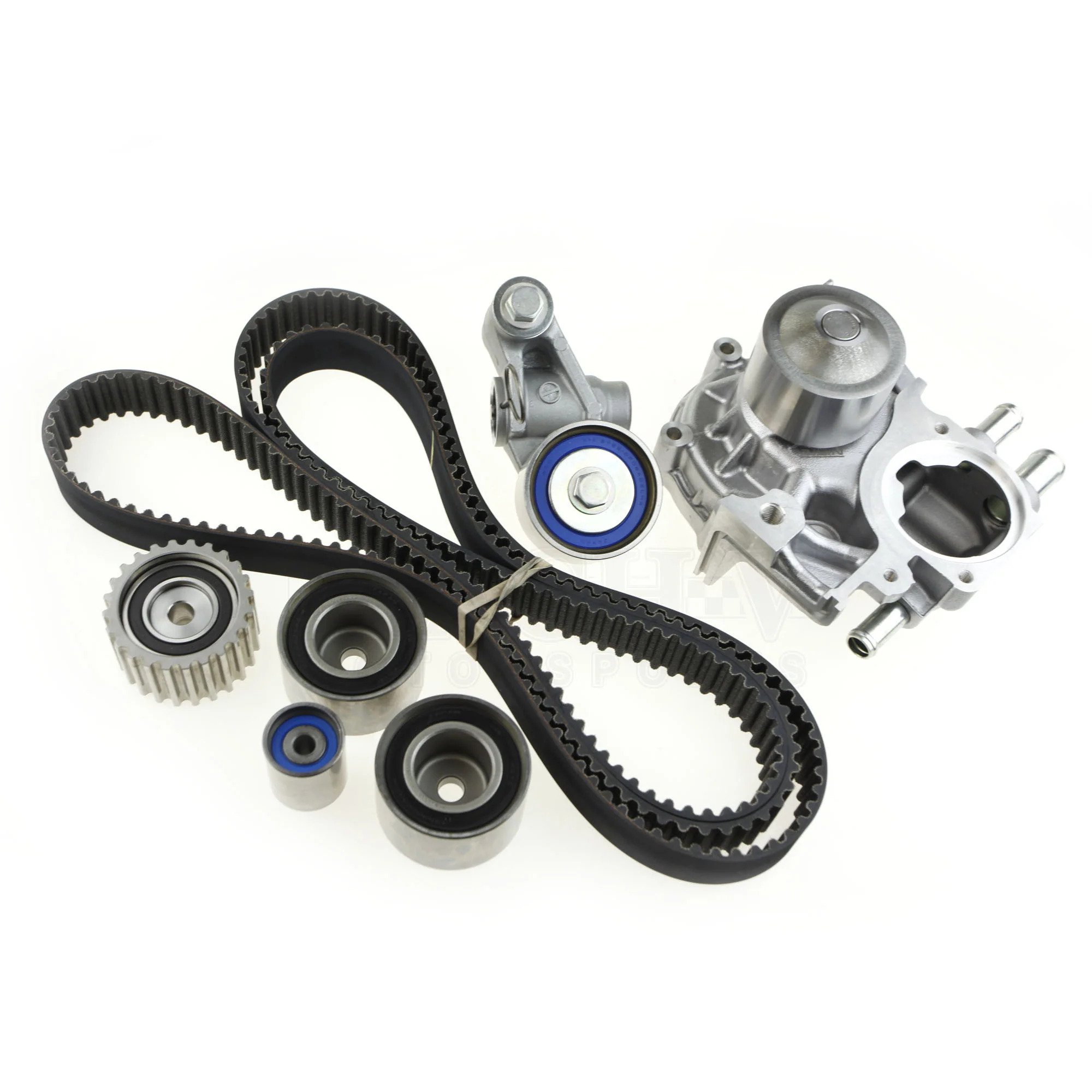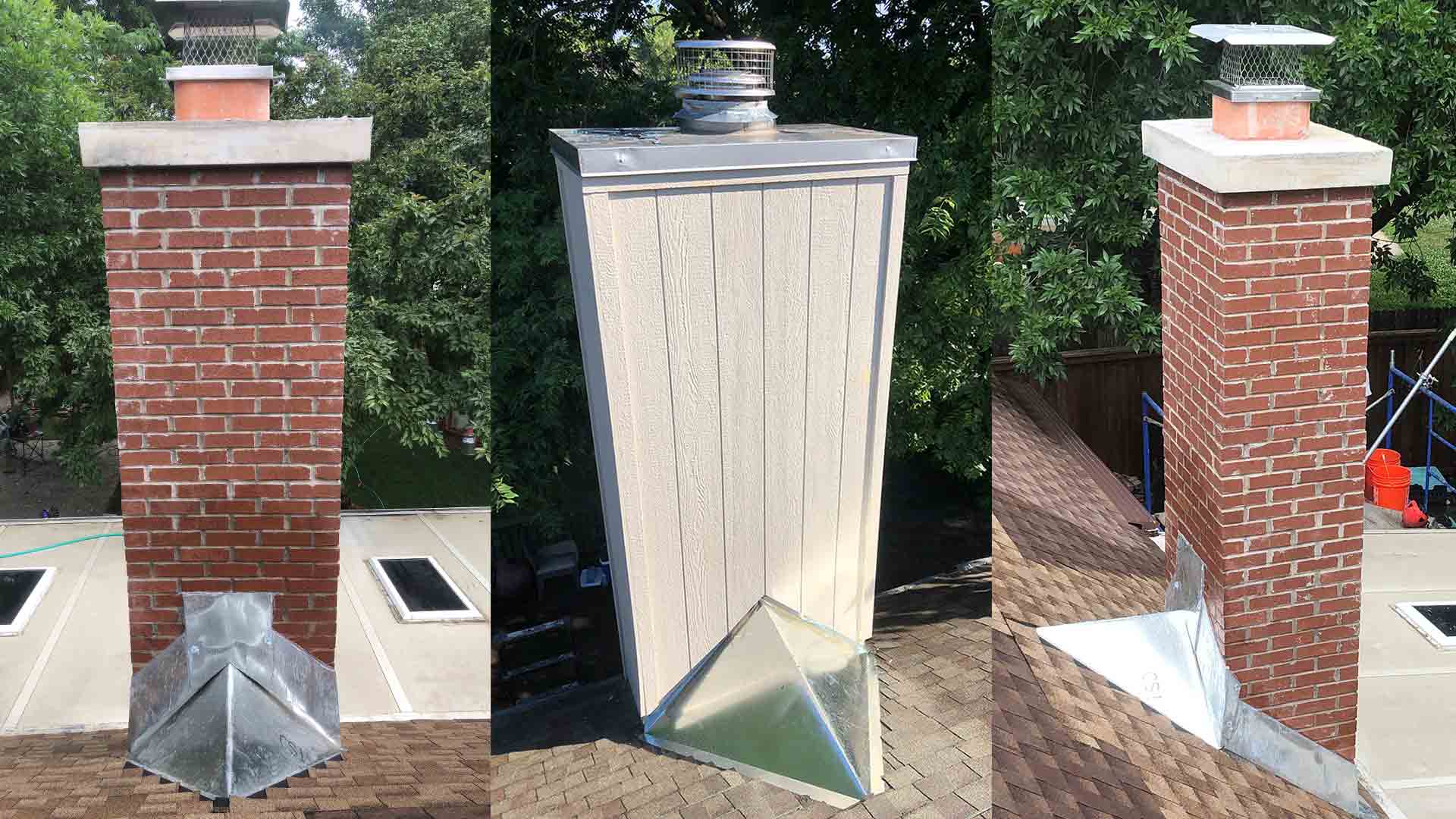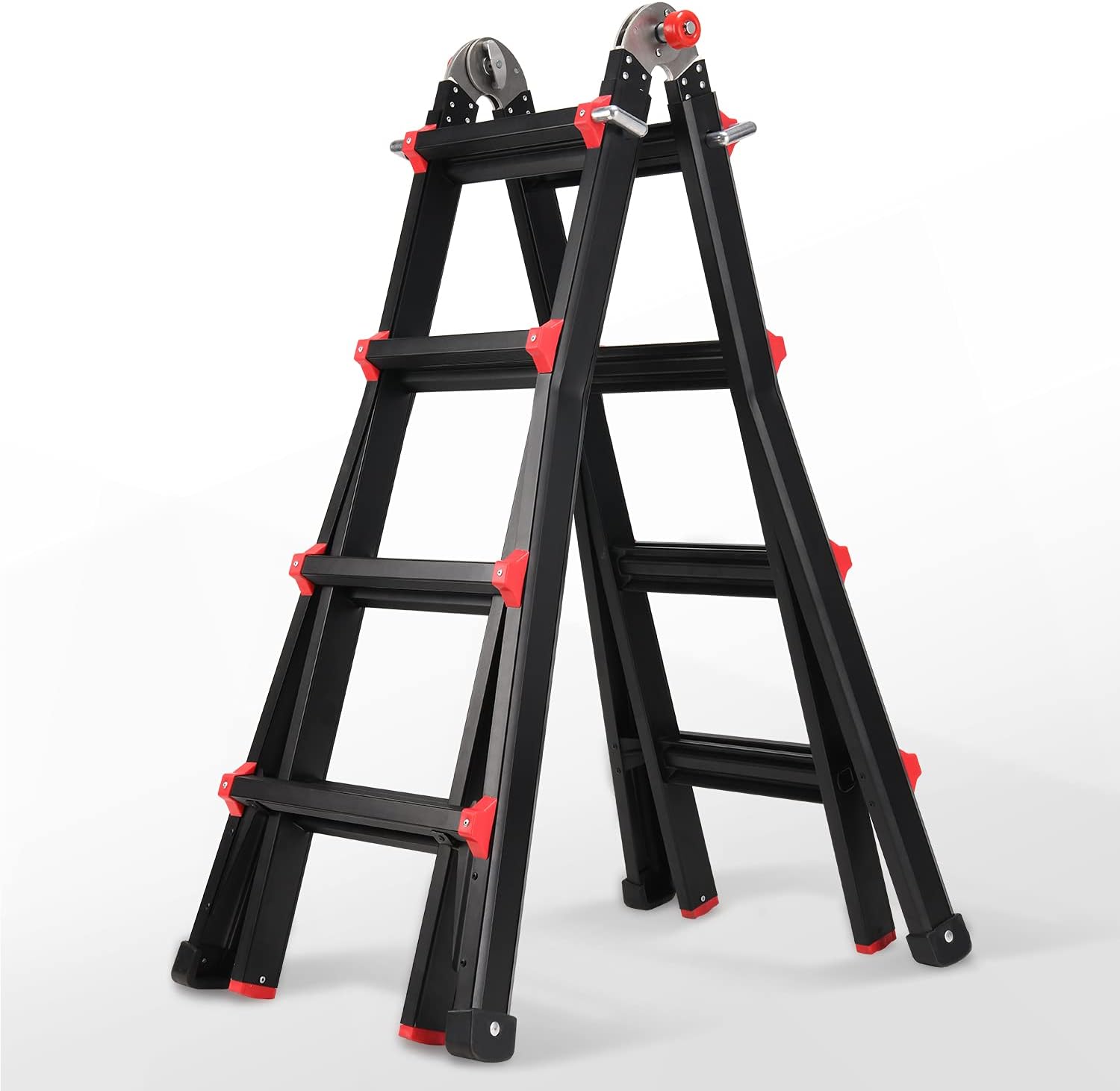Home>Home Maintenance>How Much Does Timing Belt Repair Cost


Home Maintenance
How Much Does Timing Belt Repair Cost
Modified: March 6, 2024
Find out the cost of timing belt repair for your home maintenance needs. Expert advice and tips on getting the best price for timing belt replacement.
(Many of the links in this article redirect to a specific reviewed product. Your purchase of these products through affiliate links helps to generate commission for Storables.com, at no extra cost. Learn more)
Introduction
Welcome to our comprehensive guide on timing belt repair costs. If you own a vehicle, it’s important to understand the potential issues that can arise with your timing belt and how much you can expect to pay for repairs. The timing belt is a crucial component of your engine that keeps everything running smoothly, and if it fails, it can cause significant damage and costly repairs.
In this article, we will delve into the world of timing belts, exploring what they are, the signs of a timing belt problem, the factors that can affect the cost of repair, the average repair costs, and additional factors to consider. Whether you’re a car enthusiast or a vehicle owner looking to stay informed, this guide will provide you with the information you need to navigate timing belt repairs.
So, let’s dive in and explore the world of timing belts and the associated costs!
Key Takeaways:
- Replacing a timing belt costs between $500 and $1,000 on average, but can vary based on factors like vehicle model, location, and additional component replacements. Ignoring timing belt issues can lead to costly engine damage.
- DIY timing belt repair may save money, but professional repair offers expertise, warranty coverage, and minimized risk. Regular inspections and prompt repairs can prevent expensive engine damage.
What is a timing belt?
A timing belt is a vital component of an internal combustion engine that ensures the synchronized movement of the engine’s crankshaft and camshaft. It controls the opening and closing of the engine’s valves, allowing the proper flow of air and fuel into the combustion chambers and the exhaust gases out of the engine. In essence, the timing belt ensures that all the engine’s components work together in perfect harmony.
Most modern vehicles use either a timing belt or a timing chain to drive the camshaft. While timing chains are made of metal and generally last the lifetime of the engine, timing belts are typically made of rubber and have a limited lifespan. Over time, the rubber in the timing belt can deteriorate, causing it to stretch, crack, or break. If this happens, it can lead to serious engine damage and, in some cases, result in a complete engine failure.
Timing belts are usually recommended for replacement based on mileage or time, depending on the vehicle manufacturer’s specifications. On average, timing belts need to be replaced every 60,000 to 100,000 miles, or every 5 to 7 years. It’s important to consult your vehicle’s owner’s manual or contact a trusted mechanic to determine the recommended replacement interval for your specific make and model.
Replacing a timing belt is a complex and labor-intensive process that involves removing various engine components to access the belt. It’s a job best left to experienced mechanics who have the knowledge and specialized tools to perform the repair correctly. Ignoring or delaying a timing belt replacement can have serious consequences for your engine’s performance and longevity.
Now that we understand what a timing belt is and its critical role in your vehicle’s engine, let’s explore the signs that indicate a potential timing belt problem.
Signs of a timing belt problem
Recognizing the signs of a potential timing belt problem is crucial in preventing major engine damage. It’s important to be aware of these signs so that you can address the issue promptly. Here are some common indicators that your vehicle’s timing belt may be experiencing a problem:
- Engine misfires: If your engine starts to misfire or runs unevenly, it could be a sign of a timing belt issue. The misalignment of the belt can cause the engine’s valves to open and close at the wrong time, leading to a disruption in the combustion process.
- Difficulties starting the engine: A worn or damaged timing belt can make it difficult for the engine to start. If you notice prolonged cranking or a delay in the engine starting, it may be a sign that your timing belt needs attention.
- Noises coming from the engine: A loose or worn timing belt can produce strange noises, such as a ticking or rattling sound coming from the engine. These noises may become more pronounced as the engine revs or when you accelerate.
- Visible wear or damage: If you can physically inspect your timing belt and notice signs of wear, such as cracks, fraying, or missing teeth, it’s a clear indication that the belt needs to be replaced.
- Engine misalignment: If the timing belt has slipped or jumped a tooth on either the camshaft or crankshaft gear, the engine’s timing will be off. This can lead to poor engine performance, reduced power, and potential engine damage.
If you experience any of these signs or suspect a problem with your timing belt, it’s crucial to have it inspected and repaired by a qualified mechanic as soon as possible. Ignoring these warning signs can lead to more severe engine damage and expensive repairs.
Now that we’ve explored the signs of a timing belt problem, let’s move on to the factors that can affect the cost of timing belt repair.
Factors affecting the cost of timing belt repair
The cost of timing belt repair can vary depending on several factors. It’s important to understand these factors to get an accurate estimate for the repair. Here are the key factors that can affect the cost of timing belt repair:
- Vehicle make and model: The cost of a timing belt repair can vary depending on the specific make and model of your vehicle. Luxury or high-performance vehicles often have more complex engines, which can require more labor and specialized parts, leading to higher repair costs.
- Repair shop location: The geographic location of the repair shop can also impact the cost. Repair shops in urban areas or areas with a higher cost of living tend to have higher labor rates, which can increase the overall cost of the repair.
- Labor costs: Timing belt repair involves a significant amount of labor as it requires removing various engine components to access the belt. The labor costs can vary depending on the shop’s hourly rate and the estimated time required for the repair.
- Additional components: In some cases, it may be necessary to replace other components while performing a timing belt repair. These can include the tensioner, idler pulleys, water pump, or seals. The cost of these additional components will be added to the overall repair cost.
- OEM vs. aftermarket parts: The choice of parts can also affect the cost of timing belt repair. Original Equipment Manufacturer (OEM) parts are typically more expensive but are guaranteed to be of high quality. Aftermarket parts, on the other hand, may be more affordable but may vary in terms of quality and longevity.
It’s important to discuss these factors with your mechanic to get a precise estimate for the timing belt repair. They can assess your vehicle, determine if any additional components need replacement, and provide you with an accurate cost breakdown.
Now that we’ve examined the factors that can influence the cost of timing belt repair, let’s move on to discussing the average cost you can expect to pay for this type of repair.
Tip: The cost of timing belt repair can vary depending on the make and model of your car, but it typically ranges from $300 to $1,000. It’s important to get it replaced according to your manufacturer’s recommended schedule to avoid more expensive damage.
Average cost of timing belt repair
The cost of timing belt repair can vary widely depending on the factors we discussed earlier. On average, you can expect to pay between $500 and $1,000 for replacing a timing belt. This cost includes the labor charges, replacement parts, and any additional components that may need to be replaced.
However, it’s important to note that this is just a general estimate, and the actual cost can differ based on the make and model of your vehicle, the location of the repair shop, and any additional repairs or replacements that are necessary.
High-end or luxury vehicles may have higher repair costs due to their more complex engines and the need for specialized parts. On the other hand, smaller or older vehicles with less intricate engines may have lower repair costs.
It’s worth mentioning that the cost of the timing belt itself is usually relatively low compared to the labor involved in the repair. However, it’s recommended to replace other components like the tensioner, idler pulleys, and water pump at the same time, which can contribute to the overall cost.
When considering the cost of timing belt repair, it’s crucial to weigh it against the potential consequences of not replacing a worn or damaged belt. If the timing belt fails, it can cause extensive engine damage, resulting in far more expensive repairs or even the need for a new engine.
To ensure you get an accurate estimate for timing belt repair, it’s best to consult with a reputable mechanic or repair shop. They can assess your vehicle, take into account the specific factors that may affect the cost, and provide you with a detailed estimate so that you can plan for the repair accordingly.
Now, let’s discuss some additional costs that you should consider when it comes to timing belt repair.
Read more: How Much Does It Cost To Replace A Chimney
Additional costs to consider
When it comes to timing belt repair, there are some additional costs that you should keep in mind. These costs may not be included in the initial estimate for the timing belt replacement but can add up during the repair process. Here are some common additional costs to consider:
- Additional component replacement: While replacing the timing belt, it’s often recommended to replace other components such as the tensioner, idler pulleys, water pump, and seals. These components work in conjunction with the timing belt and may also be worn or at risk of failure. Including them in the repair can help prevent future issues and save on labor costs in the long run.
- Engine inspection: When a timing belt is being replaced, it’s a good time to inspect the entire engine for any other potential issues. This inspection may uncover additional repairs or maintenance that need to be addressed, such as leaking gaskets or damaged engine mounts. These additional repairs will incur extra costs.
- Belt tension adjustment: After replacing the timing belt, it’s crucial to ensure that the belt is properly tensioned. This adjustment may require additional time and labor, especially if it’s a more complex or time-consuming procedure.
- Diagnostic and testing: Depending on the symptoms or issues you’re experiencing with your vehicle, diagnostic tests may be necessary to determine the root cause. These tests, along with any additional testing required to verify the success of the repair, may result in added costs.
- Towing or transportation: If your vehicle breaks down and can’t be driven to the repair shop, you may need to arrange for towing or alternative transportation. These costs can vary depending on your location and the distance to the repair shop.
It’s important to discuss these potential additional costs with your mechanic before starting the timing belt repair. They can assess your vehicle’s condition, perform the necessary inspections, and provide you with a detailed estimate that includes all the potential extra expenses.
By being aware of these additional costs, you can avoid unexpected surprises and plan your budget accordingly. Now, let’s explore the pros and cons of DIY timing belt repair versus professional repair.
DIY vs professional repair
When it comes to timing belt repair, you may be tempted to take on the task yourself to save some money. While DIY repairs can be fulfilling and cost-effective in some cases, it’s important to weigh the pros and cons carefully. Here are some factors to consider when deciding between DIY and professional timing belt repair:
Expertise and knowledge: Timing belt replacement is a complex task that requires a good understanding of engine mechanics and the proper tools. Professional mechanics have the expertise and experience to perform the repair accurately, minimizing the risk of mistakes or complications. If you’re not confident in your abilities or don’t have the necessary knowledge, it’s advisable to leave it to the professionals.
Time and convenience: Timing belt replacement can be time-consuming, especially if you’re a novice DIYer. It may require several hours or even days to complete the job, depending on your skill level and access to tools. On the other hand, professional mechanics have the expertise and efficiency to complete the repair in a timely manner. Consider your own schedule and availability when deciding between DIY and professional repair.
Quality and warranty: Professional repair shops often provide a warranty on their work and the parts they install. This can give you peace of mind knowing that if any issues arise after the repair, you can rely on the warranty to cover the cost. DIY repairs, on the other hand, do not come with a warranty, and any mistakes or subsequent problems will have to be resolved at your own expense.
Tools and equipment: Timing belt replacement requires specific tools and equipment that may not be readily available to the average car owner. Investing in these tools can add to the overall cost of the DIY repair. Professional mechanics have access to a wide array of tools and specialized equipment, allowing them to perform the job efficiently and effectively.
Safety and risk: DIY repairs come with inherent risks, especially when it involves crucial engine components like the timing belt. If the repair is not done correctly, it can lead to further damage or even engine failure. Professional mechanics are trained to handle these repairs safely and minimize the risk of accidents or damage to your vehicle.
While DIY repairs can save you money, it’s important to weigh the risks and challenges against the potential cost savings. If you have the necessary expertise, tools, and time, and you feel confident in your abilities, a DIY timing belt repair may be a viable option. However, if you’re unsure or inexperienced, it’s recommended to opt for professional repair to ensure the job is done correctly and to avoid costly mistakes.
Now that we’ve discussed the pros and cons of DIY versus professional timing belt repair, let’s wrap up our guide.
Conclusion
Understanding the cost of timing belt repair is essential for vehicle owners. The timing belt plays a crucial role in the proper functioning of the engine, and neglecting its maintenance or replacement can lead to severe engine damage and costly repairs.
In this comprehensive guide, we explored what a timing belt is and its importance in an internal combustion engine. We also discussed the signs of a potential timing belt problem, such as engine misfires, difficulties starting the engine, and visible wear or damage on the belt.
Factors that can affect the cost of timing belt repair were also examined, including the vehicle make and model, the repair shop location, labor costs, and the choice between OEM or aftermarket parts. The average cost of timing belt repair was provided as a general estimate, but it’s important to consult with a mechanic for an accurate quote based on your specific circumstances.
Additional costs to consider when it comes to timing belt repair were also discussed, including the replacement of other components, engine inspections, belt tension adjustments, diagnostic and testing fees, and towing or transportation expenses.
We also delved into the decision between DIY timing belt repair and professional repair. While DIY repairs can be cost-effective and fulfilling for those with the necessary knowledge and tools, professional repair offers expertise, efficiency, warranty coverage, and minimized risk of mistakes or complications.
In conclusion, maintaining and replacing your vehicle’s timing belt is crucial for optimal engine performance and longevity. Regular inspections, adhering to manufacturer recommendations, and addressing timing belt issues promptly can save you from costly repairs and ensure the safety and reliability of your vehicle.
Remember, always consult with a trusted mechanic for an accurate assessment and estimate to make informed decisions about timing belt repair. With proper care and attention, you can keep your vehicle running smoothly and avoid unexpected breakdowns on the road.
Frequently Asked Questions about How Much Does Timing Belt Repair Cost
Was this page helpful?
At Storables.com, we guarantee accurate and reliable information. Our content, validated by Expert Board Contributors, is crafted following stringent Editorial Policies. We're committed to providing you with well-researched, expert-backed insights for all your informational needs.














